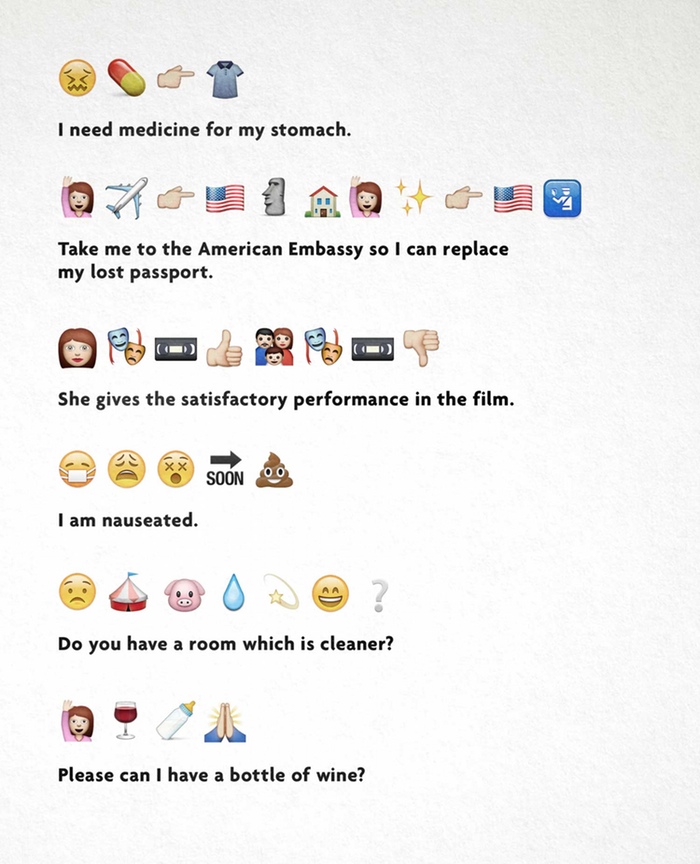
People seem to be obsessed with emojis and as the ‘face with tears of joy’ emoji was the most used emoji globally in 2015, it became the Oxford Dictionary’s Word of the Year. Emojis are, undoubtedly, a new form of language that has recently emerged as a result of increasing digitalisation and, nowadays, they can be considered as the fastest-growing language in the world seen and used on a regular basis, thus becoming an intrinsic part of digital communication. Emojis have become an increasingly debatable topic in several research fields, such as communication studies, semiotics, cultural studies, linguistics, and translation studies among others. Being used with growing interest and frequency in many communication networks, emojis are considered as the lingua franca of the digital age. Nowadays, emojis are used more and more frequently in communication exchanges worldwide and they have evolved into a language of their own.
#Google translate emoji to english series#
The aim of this paper is to show, through a series of examples, how emojis have been recently employed in communication and translation in an attempt to establish whether their use, besides creativity, can be universally accepted and understood worldwide. What happens, therefore, when translation meets both technology and emojis in the Digital Age? A new form of communication through translation has emerged, that is emoji translation. Communication and translation share a common goal that is ‘mutual understanding’.


Furthermore, thanks to translation, which acts as a bridge for people from different linguistic and cultural backgrounds, communication can cross national barriers and spread worldwide. In this technological scenario, emojis play a fundamental role as a kind of universal form of communication.

Thanks to technology, people have a large variety of communication tools to choose from, such as emails or instant messaging applications, that allows communication to be easier, quicker and, to a certain extent, more efficient. The Digital Age has significantly changed how people communicate.


 0 kommentar(er)
0 kommentar(er)
